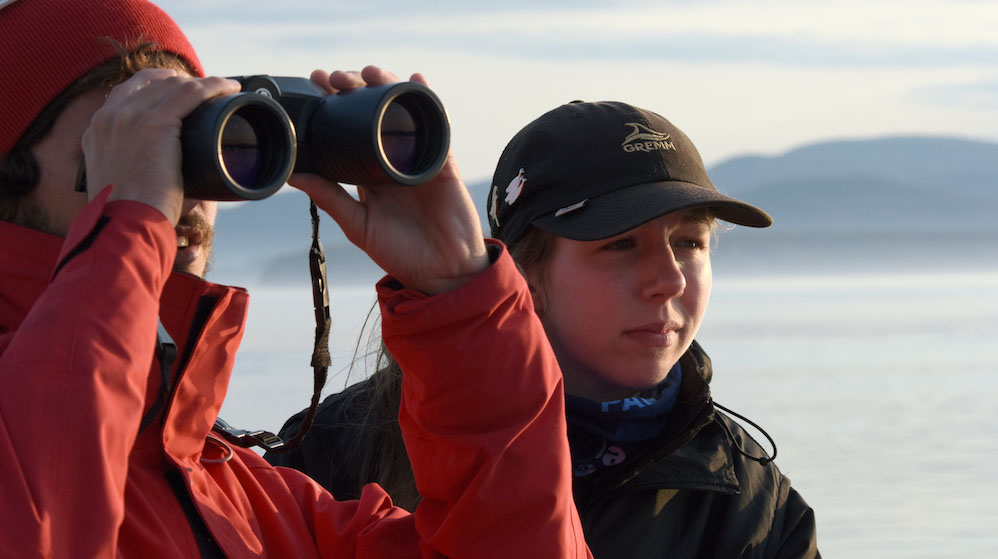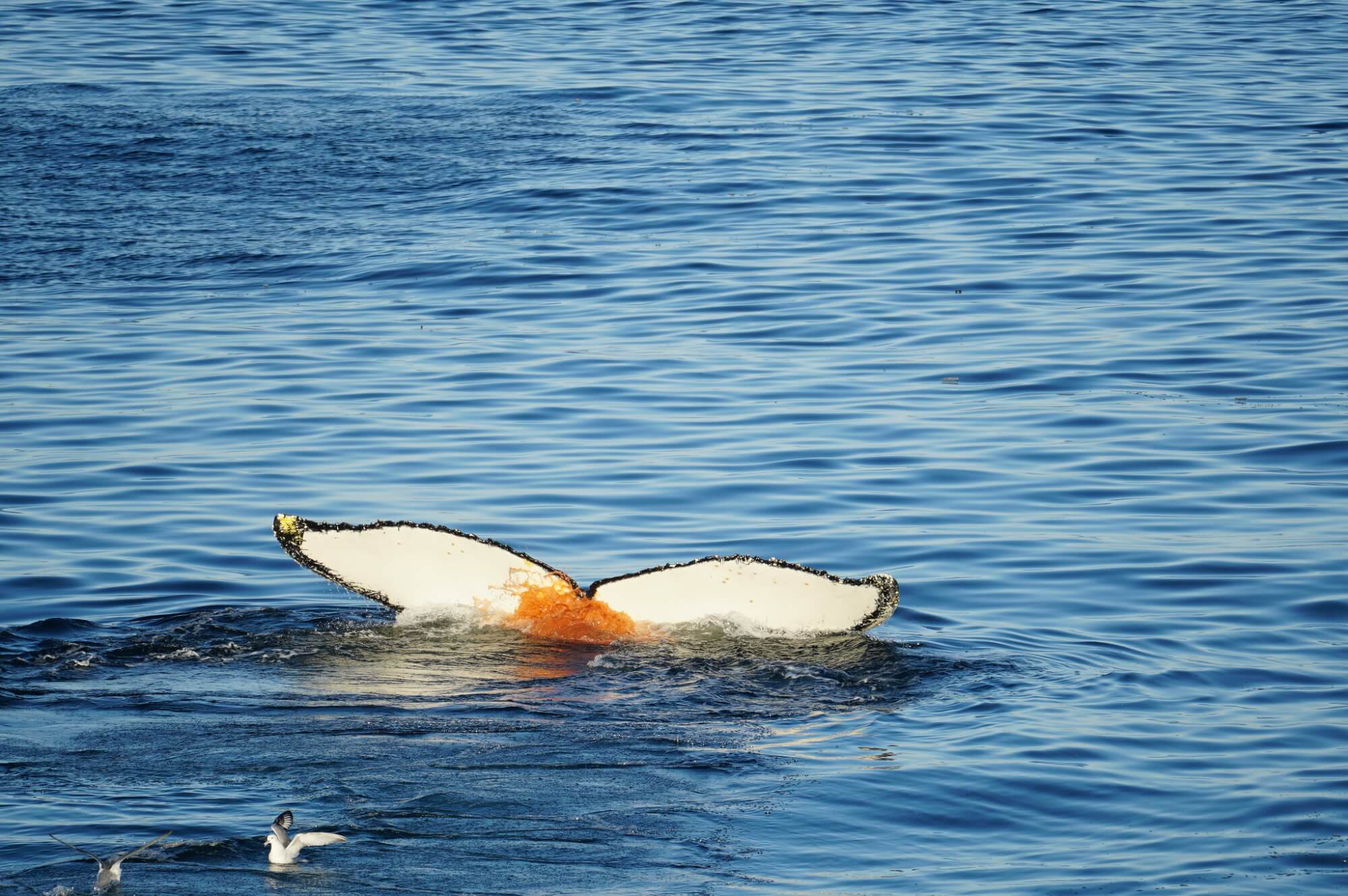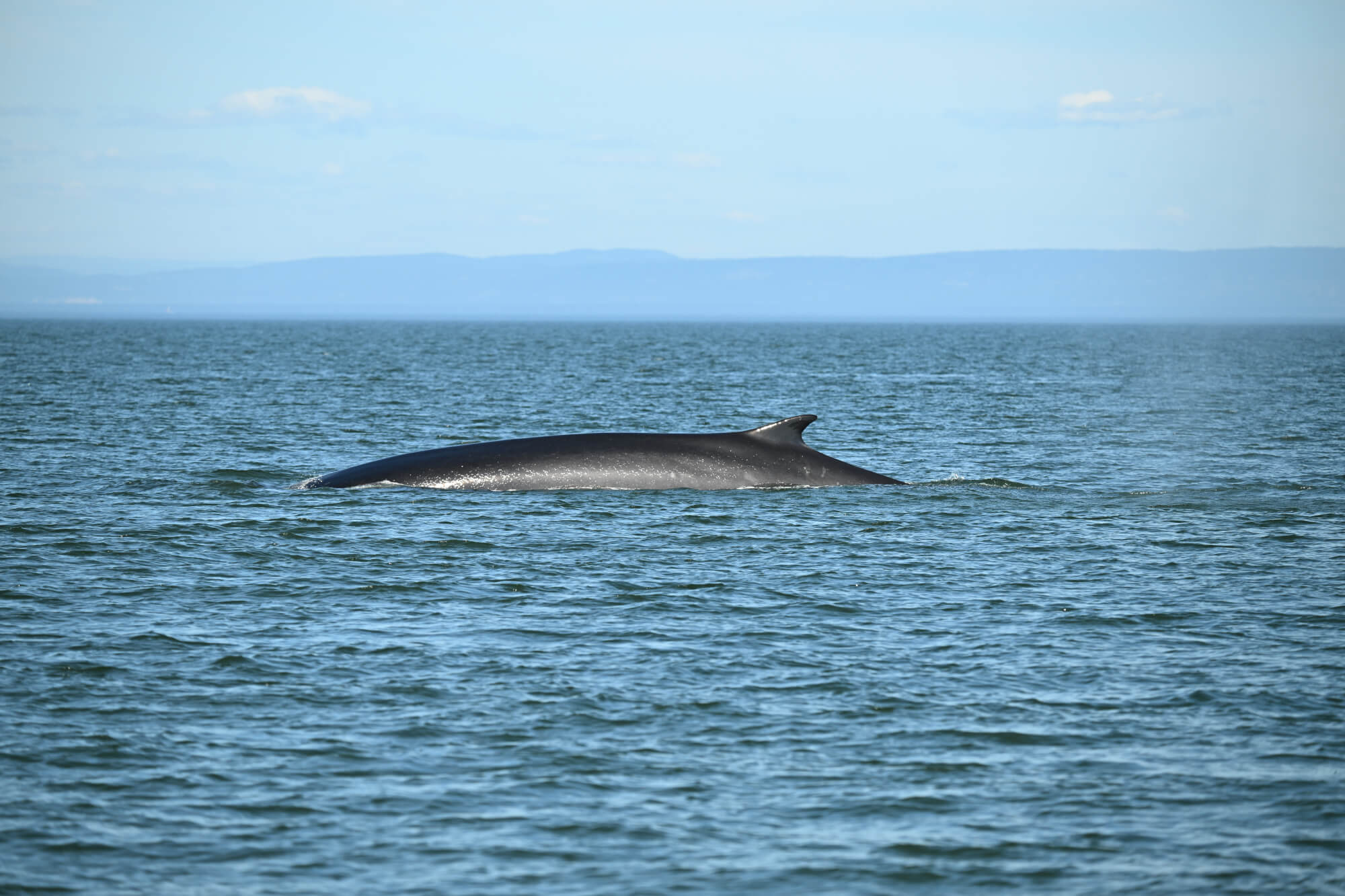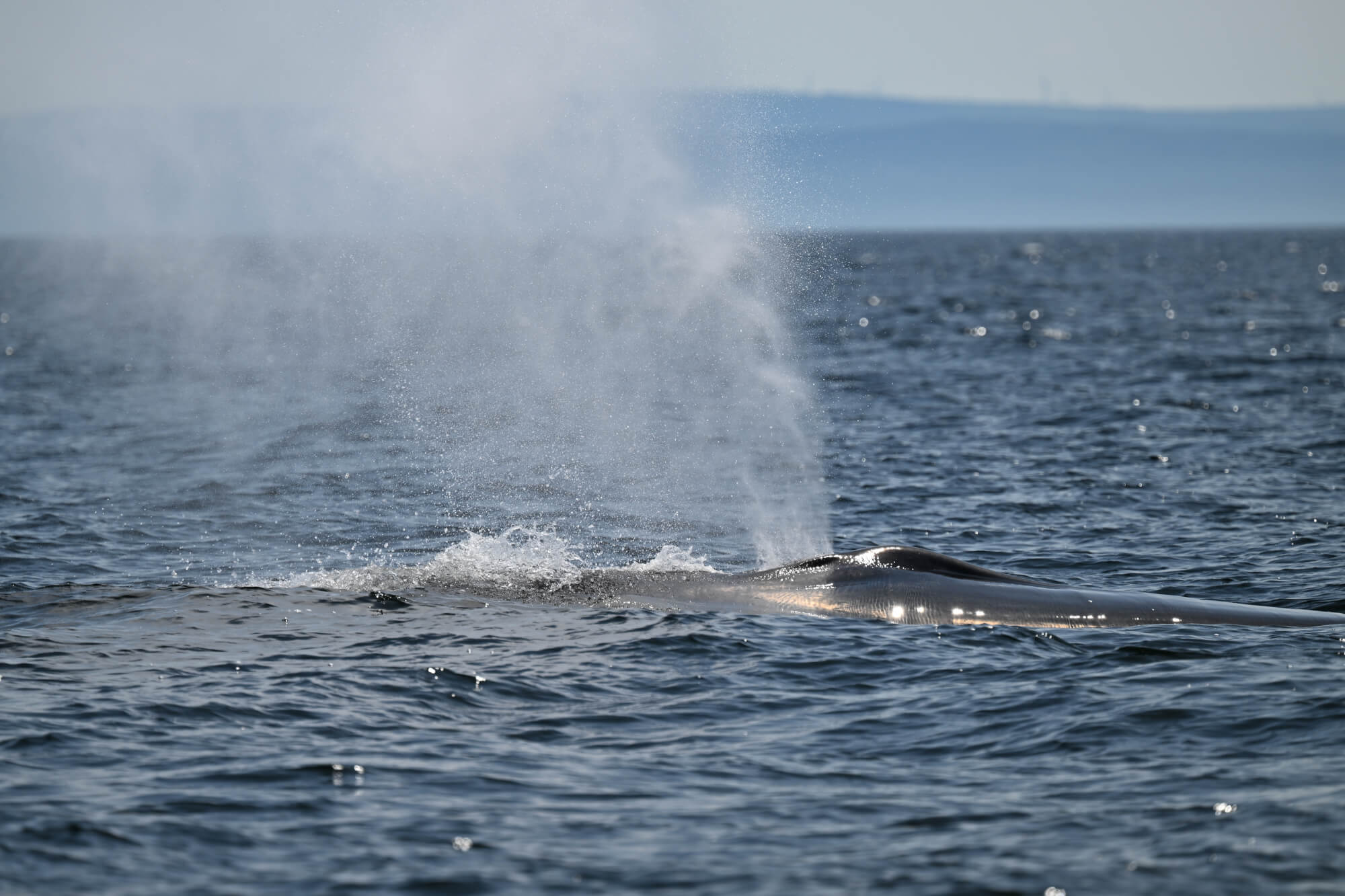Smarter Seafood recently unveiled the list of 41 marine species harvested using sustainable practices that are recommended for consumption for 2016. A great source of inspiration for local and responsible consumption, which makes you want to explore the St. Lawrence with your taste buds!
What is the Smarter Seafood list?
Two Canadian certifications help to promote sustainable fishing practices: Marine Stewardship Council and Sea Choice. However, they do not take account of the particularities of the Quebec market and the wide variety of marine species in the St. Lawrence. Although the St. Lawrence Estuary and the Gulf of St. Lawrence are replete with untapped edible species, the variety of St. Lawrence products available to consumers is lacking in diversity. Therefore, in 2009 Exploramer created the Smarter Seafood certification to diversify consumption of marine products in the St. Lawrence with the objective of promoting sustainability and reducing fishing pressure on species at risk.
Every year, the Smarter Seafood list is reviewed in its entirety by an expert committee. For a species to be considered Smarter, it must meet four criteria: it must be edible, it must be present in sufficient quantities in the St. Lawrence, it must be unfamiliar to consumer markets and the fishing technique must be respectful of the seabed. Any species that fails to meet any of these criteria will be rejected from the list.
The Smarter Seafood certification program has proven to be effective. “As for the fishermen, we received many positive comments, in that our work had really improved the fishing industry, especially to raise awareness of some of the more unfamiliar species.” explains Laurie Dumas, Coordinator of Smarter Seafood.
The certification also identifies businesses selling Smarter Seafood species. Currently, 71 restaurants and fishmongers throughout Quebec have the Smarter Seafood certification.
2016 Smarter Seafood Species List
The 2016 list includes 22 species of fish, mollusks, crustaceans and echinoderms, 4 species raised via mariculture, 13 types of seaweed and 2 marine mammals. Five species appear on the list for the first time: silver hake, Atlantic argentine, cunner, alewife and northern shrimp. Two species are back after a year’s absence: Atlantic tomcod and fall herring, while two others have been removed from the list as a preventive measure: the waved (common) whelk and rock crab.
Chef Jean Soulard, the new spokesman for Smarter Seafood, encourages us to “Consume local Quebec seafood and dare to taste!”
Membership Campaign
This year, Smarter Seafood launched its general public membership campaign. The Quebec population can now contribute to this great collective challenge of protecting marine biodiversity in the St. Lawrence. For an individual member, the cost of Smarter Seafood membership is $20.
Sources: Exploramer, Radio-Canada
To learn more
On the Exploramer website: Smarter Seafood: “For the sound management of marine resources”
On Facebook (in French): Fourchette Bleue
On the Radio Canada website: Une campagne d’adhésion grand public au programme Fourchette bleue (in French)
We also enjoyed viewing the video by Jean-Soulard (in French), spokesperson for Smarter Seafood.





